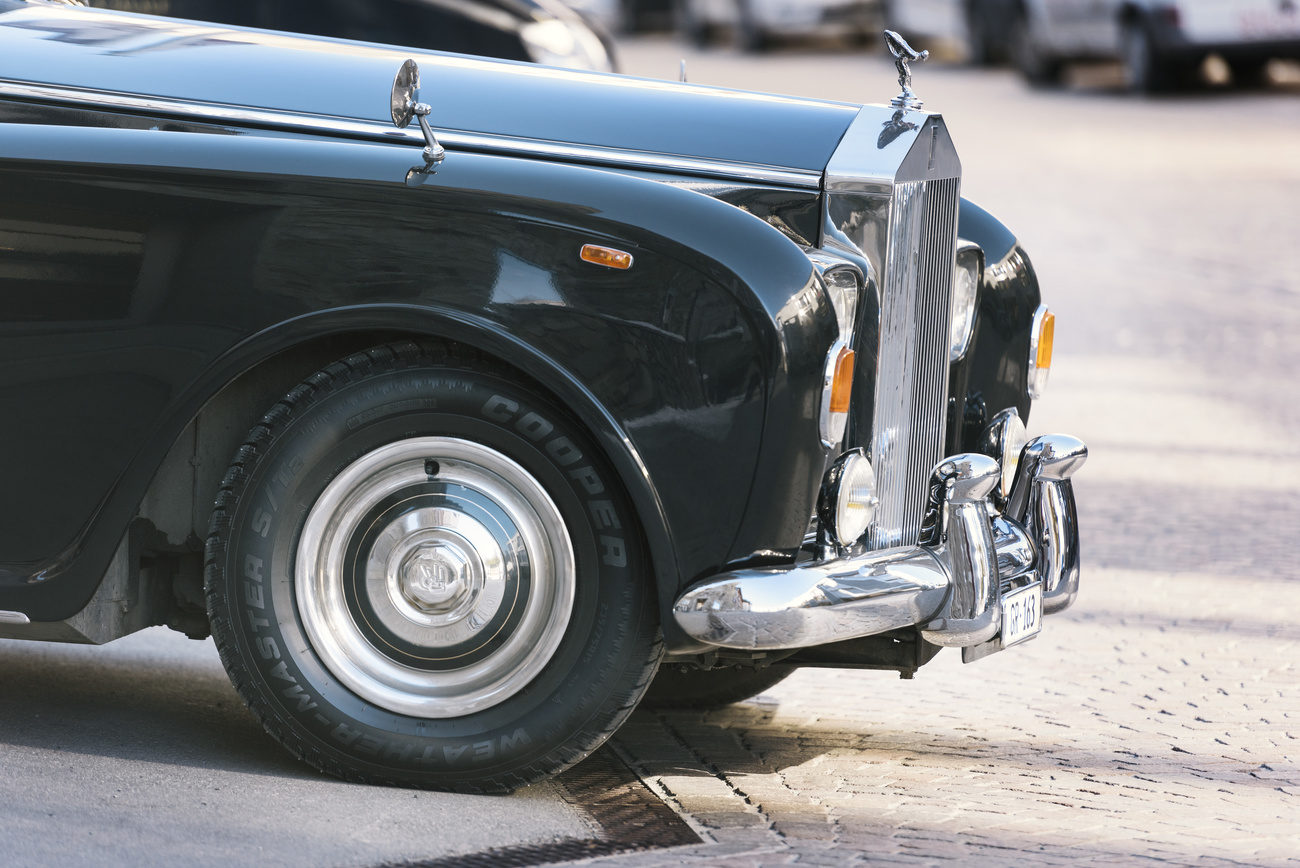A boom year on the Swiss art scene

Record-breaking attendances at exhibitions, paintings fetching record prices at auction, and classical music festivals reporting fully-booked concerts - 2000 was a boom year for the arts and culture in Switzerland.
Easily the most successful was the da Vinci exhibition, which has turned out to be the most popular in the history of the national museum in Zurich.
Three months after opening, its models, sculptures, drawings and paintings had been seen by 170,000 people. And because visitor numbers show no sign of slackening, the museum has extended the exhibition by three weeks, until the end of January.
Also pulling the crowds was a Van Gogh exhibition at the Pierre Gianadda Foundation in Martigny. The first major showing of the artist’s works in Switzerland for 30 years, it attracted 3,500 visitors on the first Sunday after opening. “People even came from the Netherlands just to see it,” said a foundation spokesman.
The Beyeler Foundation near Basel marked its third anniversary with the opening of an extension to cope with swelling visitor numbers – some 1,000 a day, three times more than the anticipated average. The extension was inaugurated with an exhibition of works by Andy Warhol, some on public display for the first time in decades.
Drawings and paintings by a man considered the greatest Swiss artist of the 19th century made the small village on Ins in Canton Bern an art centre for two weeks during the summer.
Ins was the birthplace of Albert Anker (1831-1910) and every 15 years it stages an exhibition of his works – this was the most ambitious so far, with over 200 pictures on display.
Records were also broken on the art market, notably at a Christie’s auction in Zurich, where a painting by Swiss artist Félix Valloton fetched SFr3 million ($1.76 million) – over twice its estimated price.
The current boom in sales of paintings by Swiss artists was confirmed two days later, when at Sotheby’s – again in Zurich – many works also fetched prices well over pre-auction estimates.
And Art Basel – the city’s annual art fair – attracted 53,000 visitors, which was three per cent higher than the previous record, set the previous year.
Changes were in the air during 2000 at Switzerland’s two biggest classical music festivals. The Gstaad “Musical Summer” event is now called – after its founder – the “Menuhin Festival Gstaad”, while the Lucerne International Festival of Music has been renamed the “Lucerne Festival”.
Both festivals also announced major structural changes. In Gstaad, organisers said its new 2,000-seat concert venue – a marquee – had proved a success. They also said that future festivals would place less emphasis on contemporary music, in response to public demand.
Montreux Jazz Festival took to the water in 2000 with four musical cruises on Lake Geneva and an extension of its quayside open-air activities to supplement the now traditional mixture of music idioms in the Auditorium Stravinski.
As far as the written word was concerned, the big event of the year was the opening in Neuchatel of a culture centre devoted to the work of one of Switzerland’s greatest writers, the author and playwright Friedrich Dürrenmatt.
The centre, on a hillside with views of Lake Neuchatel and the Alps, incorporates the house where Dürrenmatt spent the last 40 years of his life before his death in 1990.
As well as literary archives, it includes an exhibition centre revealing a previously unknown talent of the writer. He was also an accomplished painter, and his paintings are among the surprises in the building, designed by Swiss architect Mario Botta.
Finally, in a year of broken records in the art world, a new art attraction is guaranteed to reach over 60 million members of the public a year. It’s the façade of the Pratteln service station straddling a busy motorway near Basel.
The abstract painting on the façade is the work of Los Angeles-based Jorge Pardo, who won an international competition to create a work of art on the shopping bridge, and thus reach a wider public than most art museums.
by Richard Dawson

In compliance with the JTI standards
More: SWI swissinfo.ch certified by the Journalism Trust Initiative








You can find an overview of ongoing debates with our journalists here . Please join us!
If you want to start a conversation about a topic raised in this article or want to report factual errors, email us at english@swissinfo.ch.